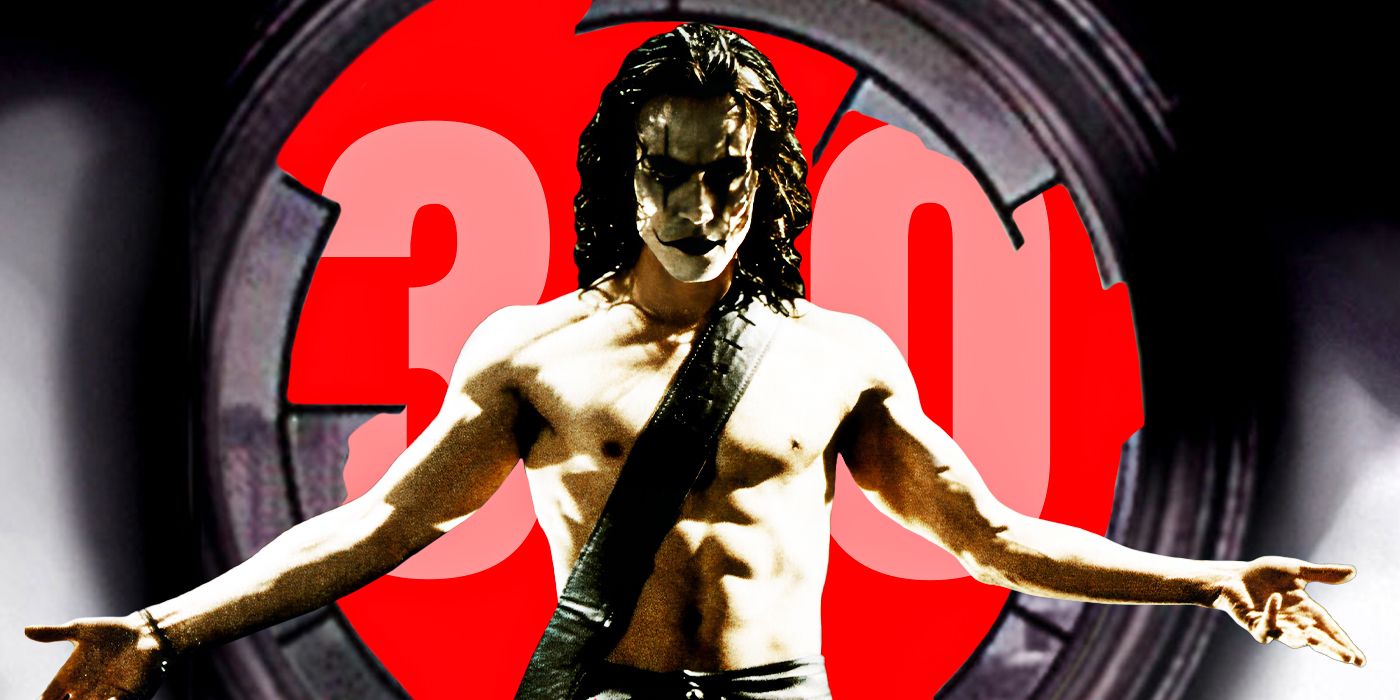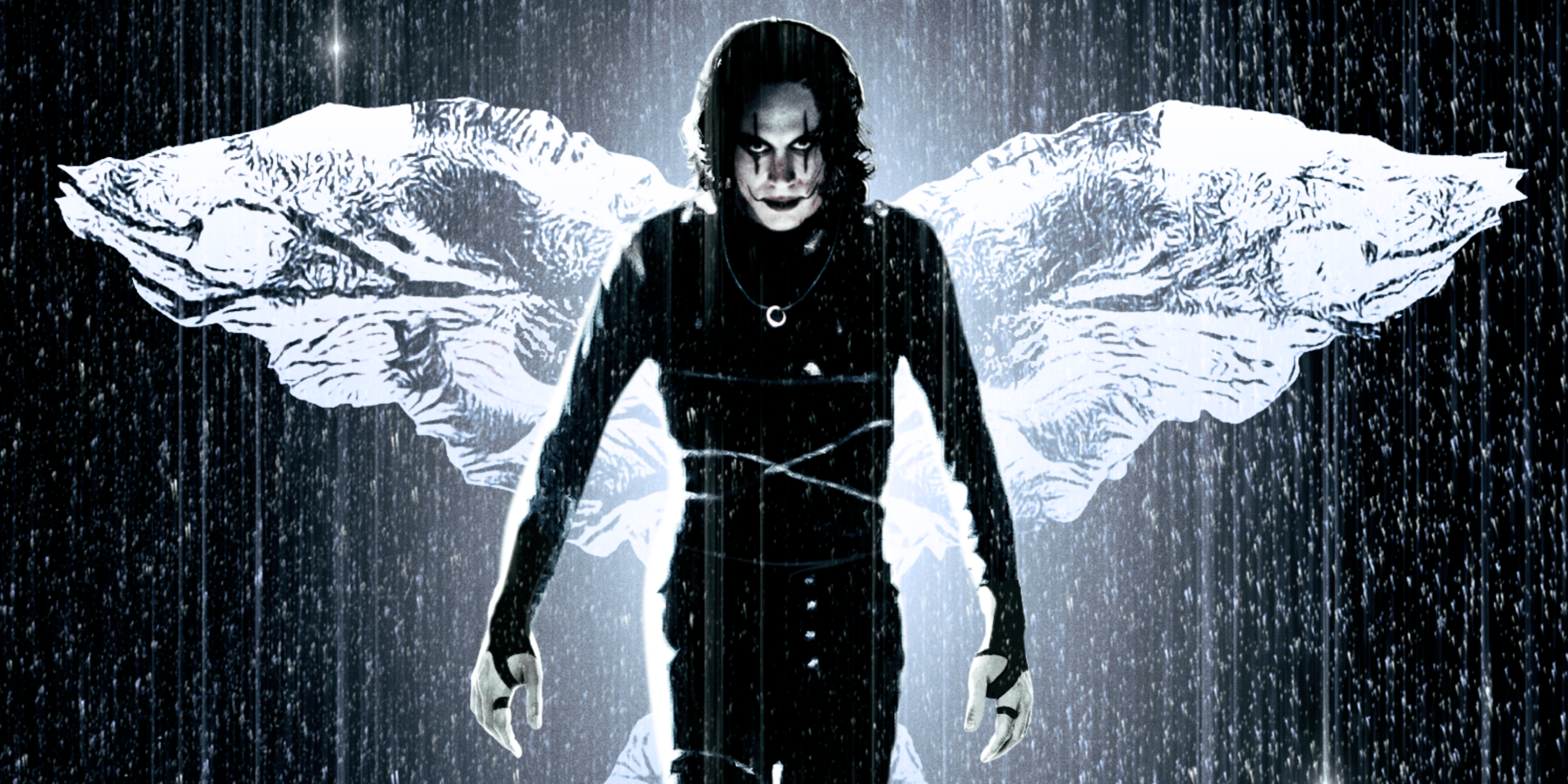The Big Picture
- 'The Crow' is a cult classic celebrated for its noir styling, soundtrack, and tragic real-life backstory, making it a unique and enduring film.
- Production designer Alex McDowell reveals insights on working with the late Brandon Lee and the film's design challenges, showcasing his dedication to storytelling through visuals.
- The love for 'The Crow' persists due to its connection to punk rock, impactful world-building, and the success of representing a music audience, making it a notable film even 30 years later.
Directed by Alex Proyas, the gothic thriller The Crow was originally released on May 13, 1994, telling the tale of rock musician Eric Draven (Brandon Lee) who was brutally murdered alongside his fiancée, Shelly (Sofia Shinas), by members of a violent gang, only to rise from the grave to seek revenge on everyone responsible. Now, after three sequels, a television series, a video game, toys, novels, and an upcoming reboot, its 30th anniversary has brought along the release of a limited-edition SteelBook with a 4K Ultra HD Blu-ray.
The Crow is a movie that I hold near and dear to my own heart. It’s one of my favorite movies, adapted from one of my favorite comics, with one of my favorite soundtracks. Everything from the white face makeup to the bleak cityscape to the punk rock indie feel of it all played a role in making The Crow a cult classic. It has a beautiful love story at its core, but that’s intertwined with its own real-life layer of tragedy, due to the accidental on-set death of Brandon Lee during the shoot.
During this one-on-one interview with Collider, production designer Alex McDowell, who discusses all aspects of designing the movie in the new documentary “Shadows & Pain: Designing The Crow” included in the bonus features, talked about how meeting comic creator James O’Barr helped shaped his design vision, the importance of world-building, what it was like to work with Lee and how hard his loss makes it to watch the movie now, the story’s connection to punk rock, why he’s glad the budget forced them to use a model for the city, and the huge role research has played in his work. He also shared his feelings about the upcoming remake of The Crow, with Bill Skarsgård in the lead role.
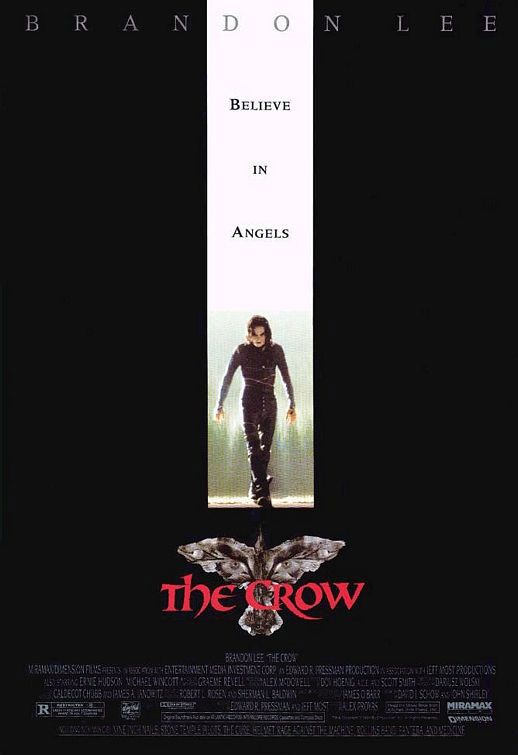
The Crow
- Release Date
- May 11, 1994
- Director
- Alex Proyas
- Cast
- Brandon Lee , Rochelle Davis , Ernie Hudson , Michael Wincott , Ling Bai , Sofia Shinas
- Runtime
- 102
- Writers
- James O'Barr , David J. Schow , John Shirley
For Production Designer Alex McDowell, Meeting Comic Creator James O'Barr Was Crucial For 'The Crow's Look
Collider: The Crow is one of my favorite movies and it has been since its initial release. Is what you envisioned for the movie, as far as what you wanted to contribute with your piece of the puzzle, ultimately what we see when you look at the film? In comparison to the ideas you had before production started, are you satisfied with what you accomplished? Is it what you hoped and wanted it to be?
ALEX McDOWELL: Yeah, I would say very much so. I had worked with (director) Alex [Proyas] before, in commercials and music videos at Propaganda. We knew each other, in terms of approach and certainly I knew his style of filmmaking, which was enormously appropriate for this film. The other part that was very valuable to me was meeting James O’Barr before production happened. I really love the quality of his work and the independent black and white noir aspect to it that was very influential. Meeting him in Detroit and walking the streets with him and understanding the context within which he wrote the graphic novel was the setup. It allowed us a level of stylization and a freedom of stylization. I hadn’t seen the film for a long time, until we saw a really beautiful print of the film. I hadn’t realized or remembered how stylized it actually is, and I was really happy to see that.
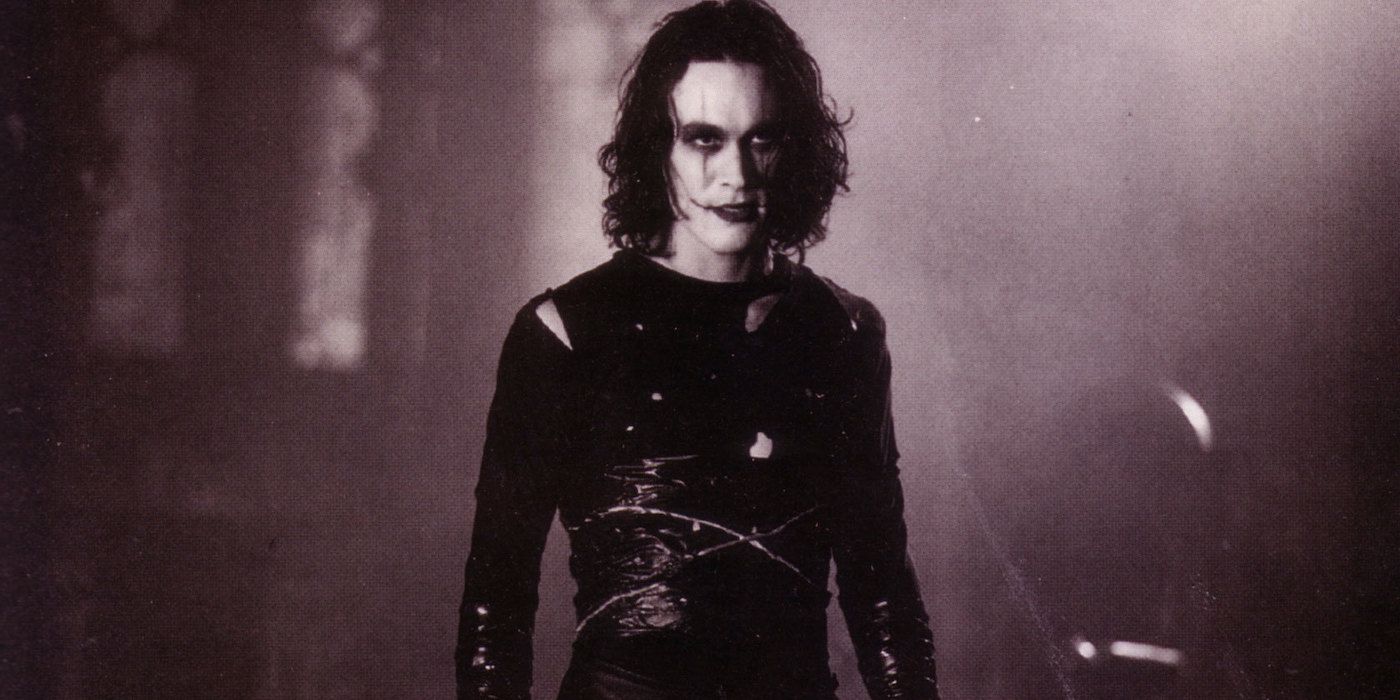
Celebrate the Legacy of 'The Crow's Leading Star Brandon Lee in This New Featurette [Exclusive]
The new clip is one of the many bonus features on the 30th anniversary 4K and SteelBook release of 'The Crow.'I have such emotional feelings about watching the original movie. It’s one of my favorite movies that’s inspired by one of my favorite comics and it has one of my favorite soundtracks, but at the same time, I can’t watch it very often because it has that layer of grief and sadness and pain that you not only feel just from watching the story, but that comes with watching it due to the loss of Brandon Lee. What are your best memories of working with Brandon Lee on the film? What was it like to see the finished film and his performance, and see how it all came together?
McDOWELL: The first thing I’d say is that he was a lovely man to work with. He was completely generous and open. Obviously, his loss makes it very hard to watch the film. I would agree with you that it’s not a film that you can watch over and over again. That’s really where I am. The tragedy of him not continuing on his course, when he was clearly destined to be an amazing actor and was already, you’re absolutely right, in terms of how you watch the film.
There are so many quotable lines from The Crow. One that’s very vivid for me is, “Buildings burn, people die, but real love is forever.” The love fans have had for The Crow has gotten the film to this 30th anniversary with a newly remastered packaging. Are you surprised the film has endured for so many years? Do you feel differently about it now, 30 years later?
McDOWELL: I come from a background of punk music. The reason that I’m here at all was working with bands like the Sex Pistols. So, I’m not really surprised because of the still rabid connection back to that period. I don’t think you lose that. One of the things that Alex did, and I don’t think the studio anticipated it or really anyone anticipated success, in the sense that it was set up to be a relatively low-budget independent film and I would think that the expectation was perhaps modest, however great the content is, was that it was really the first film that properly represented a music audience. That, as much as anything, is why I think it persists. That audience connected so viscerally with the combination of the subject and the intensity of its connection to the music, and the soundtrack is so important to the film. Going back to the punk reference, I think that has a lot of to do with what was going on. There’s a love for that era that comes as much with the music as with the film. I think that balance is why the film, at the time, was such a huge hit, and I don’t think anyone knew the that particular audience was really out there.
While Making 'The Crow,' the Design Departments Worked the Budget To Bring the Intended Vision To Life
Was there anything that you really wanted to do on the film that you weren’t able to do, for whatever reason, or is it always about trying to find a different way to do whatever outside forces or budget are trying to prevent you from being able to do?
McDOWELL: I think the latter. At any time, as a production designer, what you’re really doing is fighting for a quality of work. The vision you build is in lockstep with the evolution of the narrative and the way the director is taking the script. I would never come onto a film saying, “I have this vision I want to impose on the film.” As a designer, you’re trying to push against the limits of what you can do to properly encapsulate and contain the narrative, and to enhance it. The nuance of what you’re pushing for is not to betray the material, but to push at the quality and the craft. Your craft is a huge component of making sure it’s being put into full service for the film, and fighting against the constraints and budget is a really interesting part of that. It’s never a problem for me, understanding the constraints of a budget, because that’s part of a design challenge. Actually, I love that. I think we work best when we’re in that constrained space. I would certainly not do all of it the same way now, 30 years later, but I think we did exactly what we were intending.
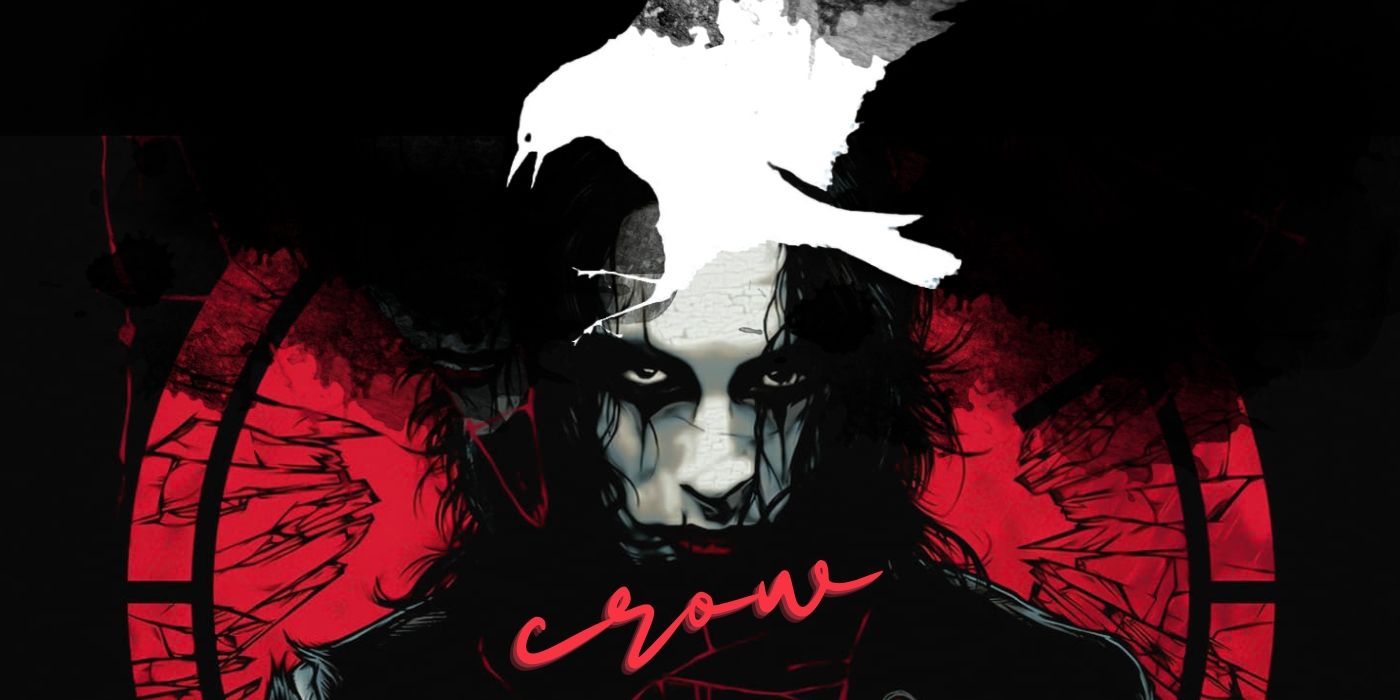
How 'The Crow' Was Completed After Brandon Lee's Death
'The Crow' found a way to honor Brandon Lee without disrespecting his legacy.Knowing how much technology and the tools of filmmaking change over time, is there anything you wish you could go back and do differently, or is there a tool that you wish had been available to you, at the time that you did the film?
McDOWELL: The thing that really struck me, re-watching the film, is the model-making. By any standards now, that’s a crude model, and I’m so grateful that was the constraint because that model is not photorealistic. It was a huge model, but not relative to the size of the scale of what it was portraying. It was a model made on a constrained budget, and I love it. It’s so satisfying to see it. If it had been CGI, it would have really been a pain in the ass. No one would have known that. If they were making that film now, it would be obvious that you’d build a big CG model and no one would know any different. I’m sure most people working in visual effects would go, “They really should have built a better model,” but I love it and I think it’s completely appropriate. I think it would have been a mistake [not to use it]. I was talking to a sound guy on the film I’m on right now, and he was talking about reproducing the Beatles and that somebody had been asked to reproduce the sound. They did all this high-tech digital recording, and then they spent six months trying to fuck it up, so that it went back into mono. When you just put a mono microphone in front of the band, you don’t have to do anything because it’s just there. So, the joy of watching the film is that it’s of its budget, as well as of its time, and it’s not compromised, which is great.
You’ve said that you like diving deep into research and that you like surrounding yourself with pictures when you’re working on a project. One of the most interesting visual aspects of The Crow is the architecture, which plays says an important role in the film. What was it like to tell a story that utilized its surroundings in that way and that really incorporated it into the visual design?
McDOWELL: I’m not sure that I can separate the pieces. Research is definitely a huge part for us, and it is the inspiration for mixing styles and the way that you can find the noir part, the expressionist part, mixing art and print making and early film and theater, Russian constructivism, and all those things in the mix. And then, I’m not sure that I would make any real distinction in the scales. I absolutely agree about the expressionist filmmaking, with the angles and the way it was drawing on very powerful, early filmmaking styles. The design would have hopefully been impacted, at every scale in the same way. Perhaps it does go back to what I was saying about the model and the idea that you could have a whole city and skim a camera through it. The rooftop shots and the flight of the bird, and those kinds of things, in relation to the volumes, is really dynamic. I think you’re right about the architecture framing them.
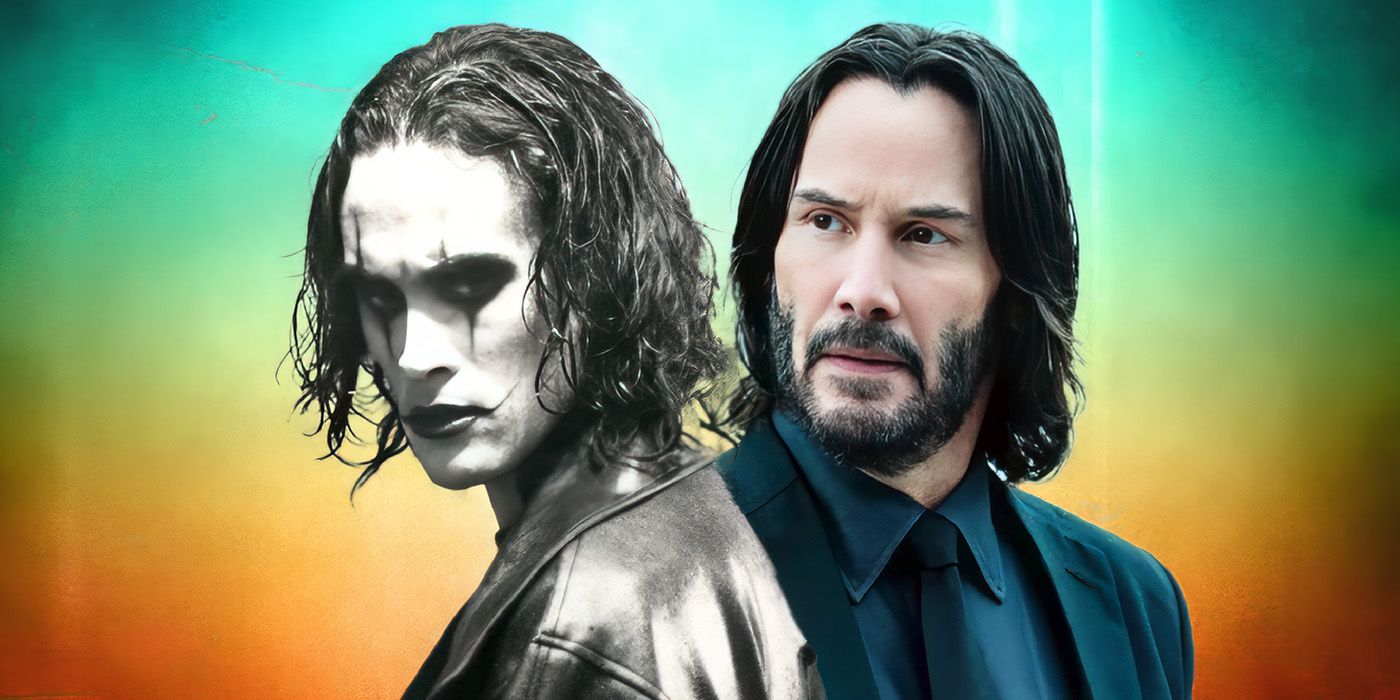
How Brandon Lee’s ‘The Crow’ Stunt Double Became the Director of the John Wick Franchise
He stepped in during a time of need, and now is the genius behind 'John Wick'.You’ve previously talked about how you want to create these worlds with the films that you work on, and you’ve really done that with so many of the films that you’ve worked on. Has it been about personally connecting to the story, about seeing the visual, or about both of those things, when you’ve decided on the projects you wanted to do?
McDOWELL: The world part of it is, yeah. It’s what I teach now. It’s an absolutely central part of my practice. A world is an open framework and a container that is empty to begin with, and then you take the source material as the driver, you decide what the story is trying to tell you, and the research fills up that container. The references work when they connect to both the contextual container and the center of story intent. You have to get to the point at which you tip into understanding. The system with which we work, you fill in all of these points until you have a holistic understanding of the whole, and then you have all the threads available to you. That is the visuals and the narrative connected to, let’s say a piece of architecture or a piece of art, and how you find all those connections gradually emerges into a style that could only be made or constructed for a specific piece of content, like a specific film.
So, every time I do any project, whether it’s a film or is across any media – I work in lots of different media – it’s never the same. It’s impossible to come up with the same design outcome because the constraints are different and all the threads connect differently. If a production designer has a style, then they’re not a good designer. Our job is never to impose a style. Our job is to create an aesthetic or a formal design framework that is very specifically responding to the material. That is really different to most of the design practices. If you design chairs, you want to be recognized by your chairs. For a production designer, you never want to see any continuity in your own hand. You’re trying to build something that is unique to that particular project.
Is A Remake of 'The Crow' Necessary, or Should It Be Left Alone?
How do you feel about the upcoming remake coming out in the same year as the 30th anniversary? Is that something you’re interested in seeing? Are you in the camp that believes The Crow should be left as a tribute to Brandon Lee’s legacy, or do you feel like a filmmaker is entitled to make their vision of whatever film they choose to make?
McDOWELL: I think anyone’s entitled to make another film. I don’t generally think the sequels are as good as the original. That’s certainly true with the sequel to the first one. I would definitely see it. I’m really interested in the fact that it’s being shepherded by the same people. But I also would say there’s no need to make a sequel.
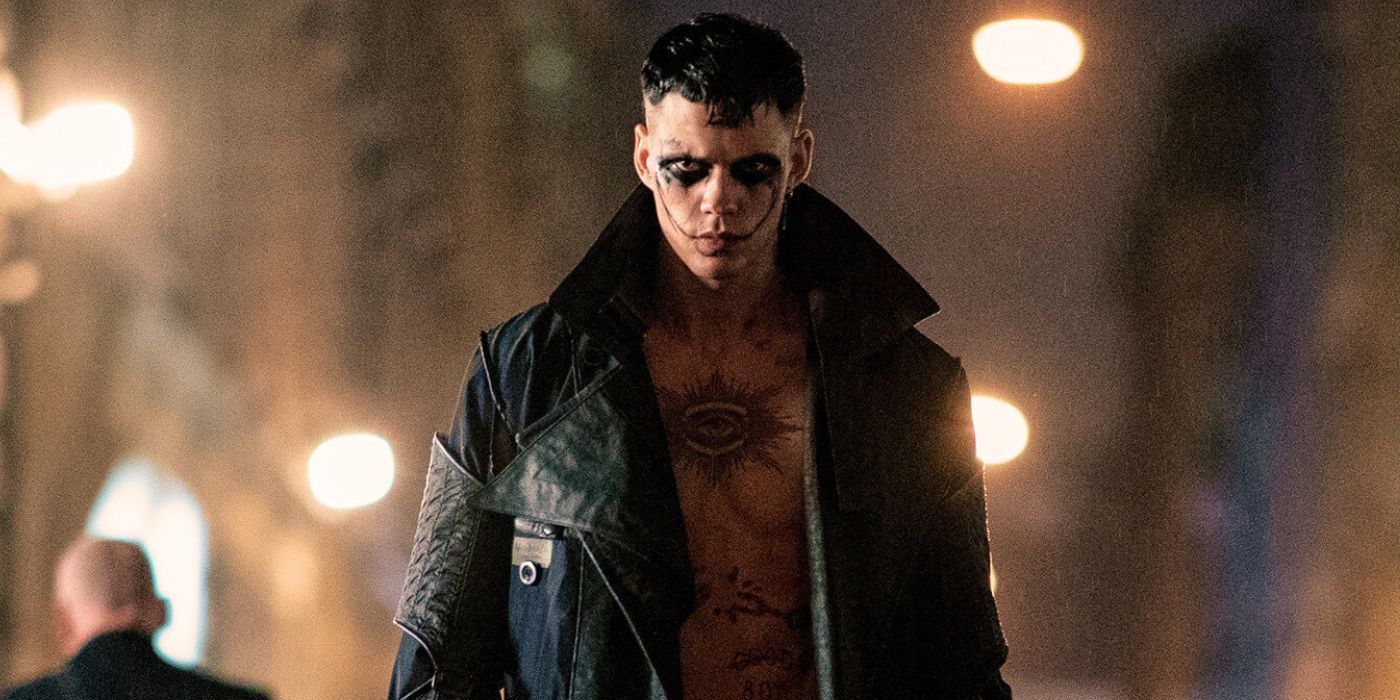
'The Crow': Release Date, Cast, Plot, and Everything We Know About the Long-Delayed Reboot
After 15 years of languishing in development, 'The Crow' reboot is almost here.The Crow 30th Anniversary 4K Ultra HD is now available. Check out the film's original trailer:

